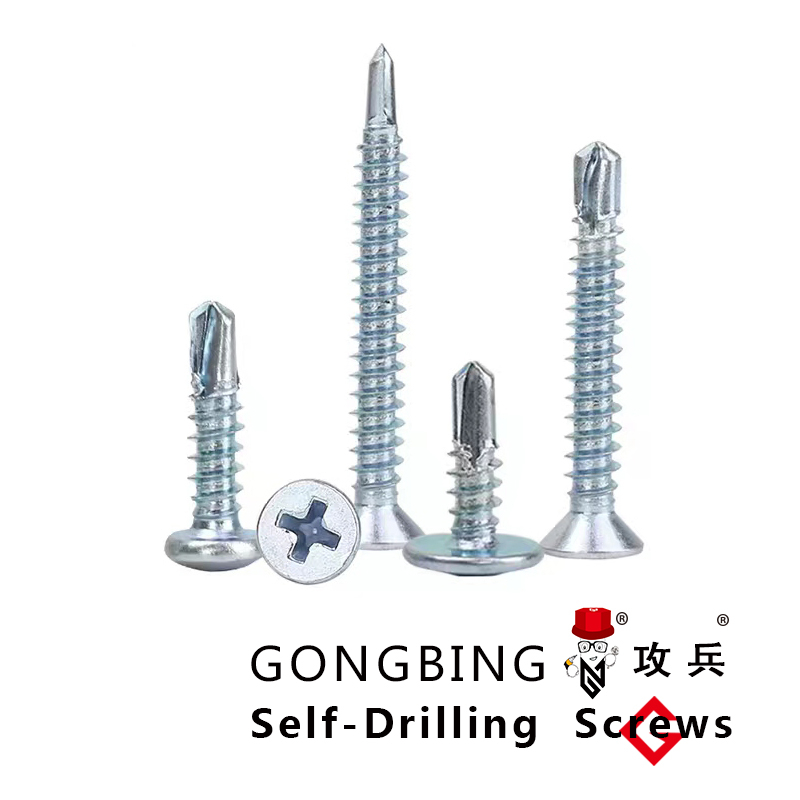chemical anchor rod
Understanding Chemical Anchor Rods A Comprehensive Overview
Chemical anchor rods, a critical element in modern construction and engineering, provide a reliable solution for fastening structural components to concrete. Unlike traditional mechanical anchors, which rely on physical expansion, chemical anchors use a bonding resin to create a strong, durable connection. This innovative fastening method is especially beneficial in applications where conventional anchoring solutions may not suffice.
The Composition of Chemical Anchors
At the heart of chemical anchor systems is a combination of a threaded rod and a bonding agent—usually a type of epoxy or polyurethane resin. The threaded rod, often made from steel, serves as the anchor itself, while the resin is injected into the drilled hole in the concrete, encapsulating the rod. As the resin cures, it forms a robust bond with both the rod and the surrounding concrete, ensuring that the anchor remains secure even under heavy loads.
Advantages of Chemical Anchors
1. Strength and Load Capacity One of the primary advantages of chemical anchor rods is their ability to support substantial loads. The resin bonds effectively with concrete, allowing for high tensile and shear strength. This makes them ideal for heavy-duty applications, such as anchoring structural steel elements in high-rise buildings or securing machinery in industrial settings.
2. Corrosion Resistance Chemical anchor rods are often designed with coatings that resist corrosion, making them suitable for use in harsh environments, such as coastal areas or in facilities where chemicals are prevalent. This longevity ensures that the anchors maintain their integrity over time, reducing the need for costly repairs or replacements.
3. Versatility These anchors can be used in various applications, from residential construction to large-scale industrial projects. They are effective in both cracked and uncracked concrete, giving them an edge over traditional anchor solutions, which may fail in certain conditions.
4. Ease of Installation The installation process for chemical anchors is relatively straightforward. After drilling a precise hole into the concrete and cleaning it to remove dust and debris, the resin is injected before inserting the rod. The curing time for the resin can vary, but manufacturers often provide guidelines to ensure optimal bonding strength is achieved.
chemical anchor rod

Applications of Chemical Anchor Rods
Chemical anchor rods are employed across numerous fields. In the construction industry, they play a crucial role in securing structural steel beams, bridge components, and even railings. In industrial applications, they are utilized to anchor heavy machinery, ensuring stability and safety during operation. Moreover, these anchors are invaluable in retrofitting projects, where existing structures need reinforcement to meet modern standards or adapt to new uses.
Installation Considerations
While chemical anchors are relatively easy to install, certain factors must be considered to ensure optimal performance. These include
- Concrete Quality The bond strength of a chemical anchor is highly dependent on the quality of the concrete. Proper site assessments, including concrete compressive strength tests, should be conducted.
- Temperature Conditions The curing time of resins can be affected by environmental conditions. It is essential to follow manufacturer specifications regarding temperature ranges during installation to ensure effective curing.
- Hole Size and Depth Accurate drilling is crucial. The hole must be the correct diameter and depth, as specified by the anchor manufacturer. This ensures that the anchor achieves the desired strength and reliability.
Conclusion
In conclusion, chemical anchor rods represent a modern and effective solution for fastening applications in concrete. Their superior strength, corrosion resistance, and versatility make them an ideal choice for various construction and industrial projects. While installation requires attention to detail, the long-term benefits of using chemical anchors are undeniable. As the construction industry continues to evolve, chemical anchor rods will undoubtedly play a pivotal role in ensuring structural integrity and safety. Whether for new installations or retrofitting existing structures, understanding and implementing these innovative fasteners can significantly enhance the durability and performance of constructions across multiple sectors.
-
Weatherproof Plastic Expansion Anchors for OutdoorNûçeJun.06,2025
-
Sustainability in the Supply Chain: Eco-Friendly TEK Screws ProductionNûçeJun.06,2025
-
Load-Bearing Capacity of External Insulation FixingsNûçeJun.06,2025
-
Double Head Bolts: Enhancing Efficiency in Industrial MachineryNûçeJun.06,2025
-
Corrosion Resistance in Chipboard Screws: Coatings for Wholesale DurabilityNûçeJun.06,2025
-
Butterfly Toggle Bolts : Enhancing Structural ResilienceNûçeJun.06,2025
